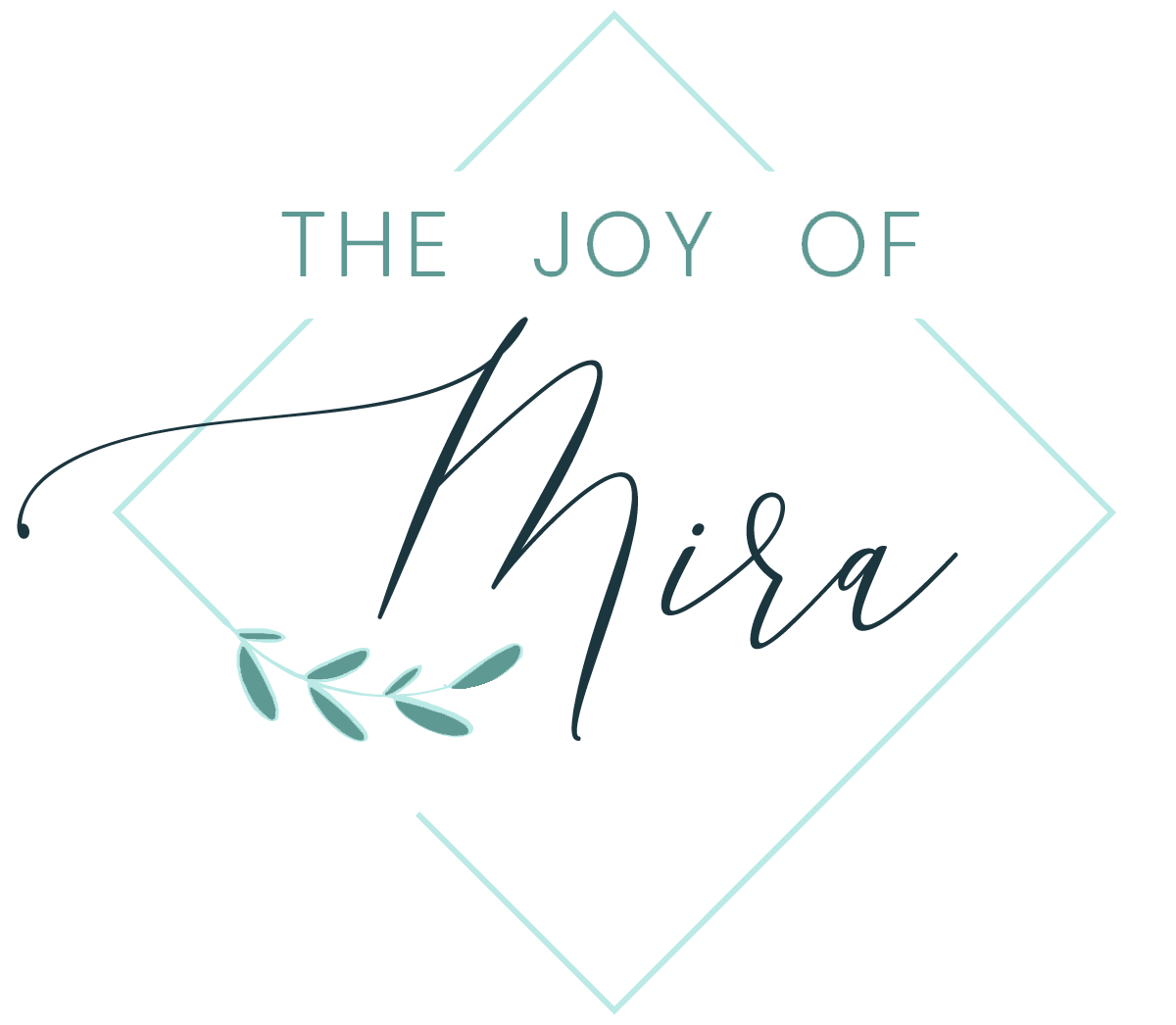This is the most common type of dwarfism.
What are the physical characteristics of Achondroplasia?
shortened limbs (especially the upper arm and thigh bones)
frontal embossing (enlarged forehead and head)
bowed legs
short-statured
hands have a three-pronged appearance
What are some potential complications with Achondroplasia?
low muscle tone (delayed physical development)
frequent ear infections
sleep apnea
hydrocephalus (water on the brain)
spinal cord compression
What causes Achondroplasia?
In our case, since Evan and I are 'average-height,' upon conception a spontaneous mutation in the gene occurred. (Specifically, the FGFR3 gene) The chances of two 'average-height' adults having a child with Achondroplasia is about 1 in 25,000 births.
Does Achondroplasia affect mental abilities or life span?
No. People with Achondroplasia have average intelligence and life expectancy.
How is Achondroplasia managed ?
The current management of Achondroplasia primarily involves careful monitoring of childhood development with special emphasis on anticipating complications known to frequently occur at different ages. These complications can usually be reduced in severity through early recognition and prompt treatment.
Mira has an incredible team at A.I. duPont Children's Hospital in Delaware managing her specialty care, and a local pediatrician for check ups/sick visits.
To learn more about Achondroplasia and dwarfism please visit: http://www.lpaonline.org/
Mira Joy 10 Days Old


